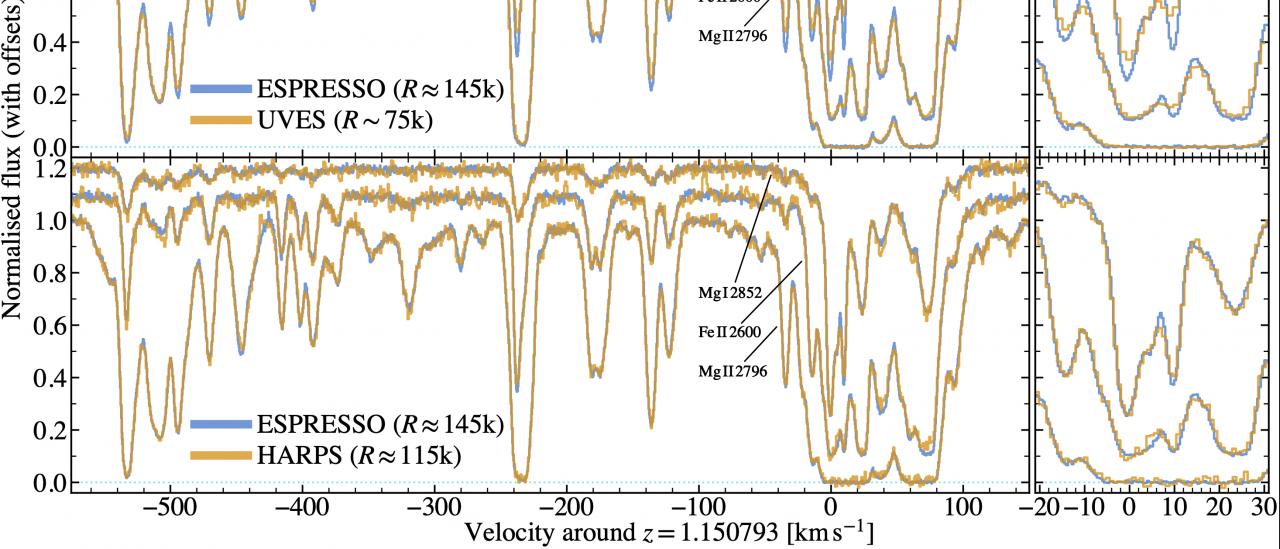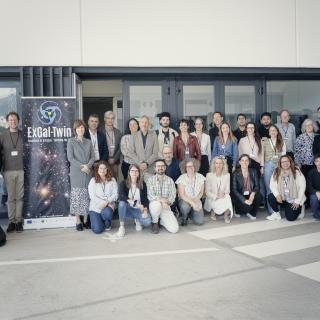Many of the most basic and important physical phenomena are determined by a set of “fundamental constants”, whose values are experimentally known to high accuracy. A key aspect is to know whether they are “universal constants”, i.e., whether they have always had the same value across the Universe and throughout its history. Here we made use of data from the ESPRESSO spectrograph on the Very Large Telescope (VLT) in order to determine the value of the fine structure constant 8 thousand million years ago (when the Universe was just 40% its current age) by measuring spectral transitions in a cloud at redshift z=1.15 caused by the absorption of radiation emitted by a more-distant quasar (HE0515-4414) located on the same line of sight. Through the measurement of the wavelengths of spectral transitions produced between energy levels involving the atomic fine structure, these measurements have confirmed a value for the fine structure constant that is fully consistent with Earth-based laboratory measurements, with a precision better than one part per million. This is one of the most precise and most reliable measurements of the fine structure constant at high redshift; thanks to the high sensitivity and spectral resolution power as well as the extraordinary wavelength calibration accuracy of ESPRESSO.
Spectra obtained with ESPRESSO, corresponding to three different transitions in an absorbing system at z=1.15 towards the quasar HE0515-4414, compared with previous spectra on the same object obtained with UVES and HARPS at lower spectral resolution.
Advertised on
Authors
M. T. Murphy et al.
References



